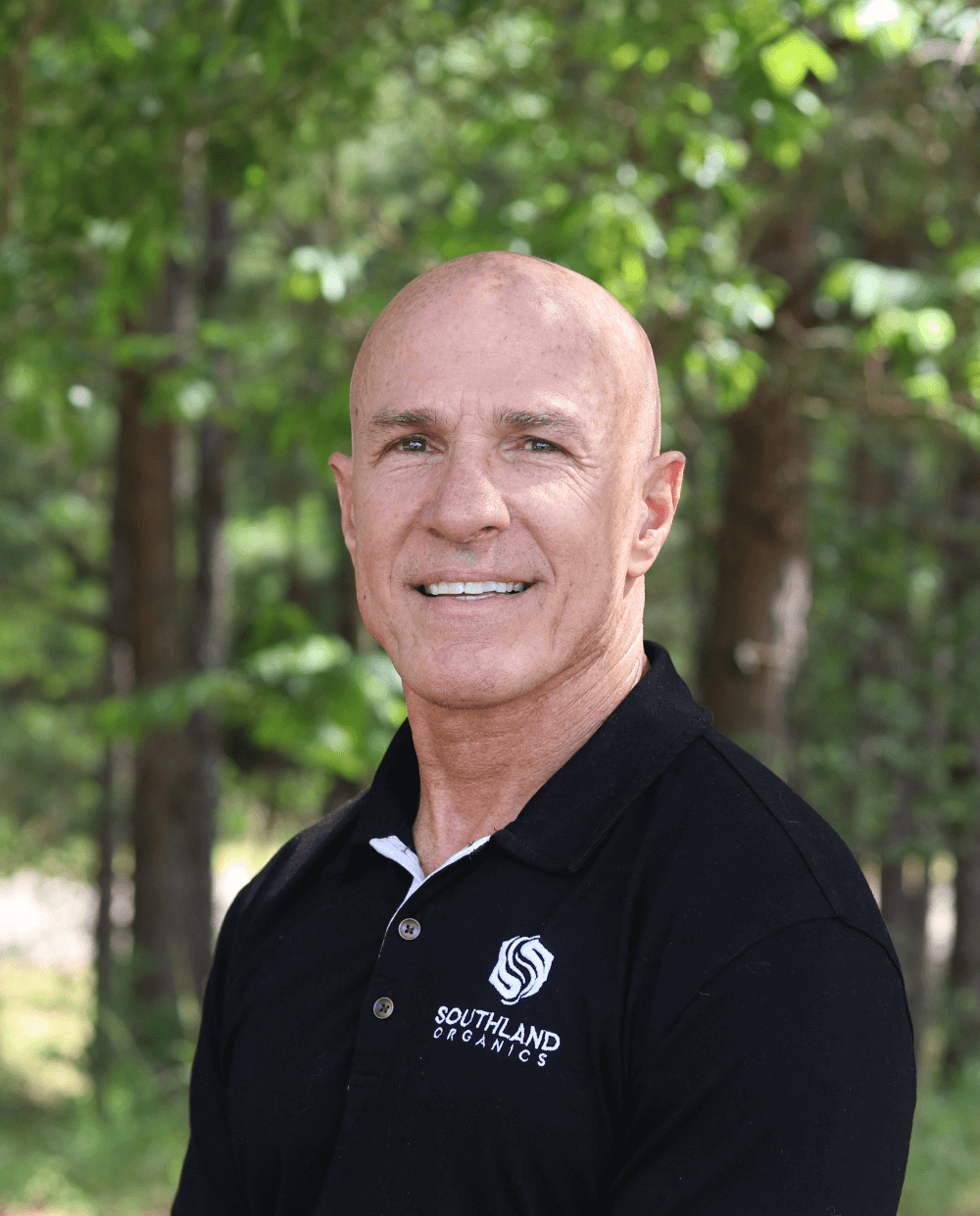There have been many many changes that relate to producing poultry over the last several years. I would venture to say that most of the "decision makers" in the poultry industry are in the age range of about 35 to 55. There are certainly many who don't fall into that age range, but that is a pretty good range based on my experiences. Most of those people have seen the industry change dramatically over the last 30 years. I took my first poultry science class in 1995, so I am no spring chicken either. During this time frame, the basics of growing chickens have not changed. (I suspect they never will.) They have proper management of food, water, air and litter. If you manage those things well, then you will likely grow a fairly healthy chicken that can reach its genetic potential without many challenges. Easier said than done. Those things have become much more difficult to manage over the last 30 years. Many of the tips and tricks that once would help a grower to overcome some of the issues with the system are no longer valid. Not only does it seem that the grower has his hands tied, but the service techs and even the integrators struggle to solve issues that arise with bird health.
Over the last 30 years, there have been many advancements that could be considered "game-changers." Housing technology has likely been the largest influencer in the industry. Lighting, water delivery, ventilation, insulation and computer management/IT systems have all been vastly upgraded. With many of these new technologies being available, the integrators have taken note of potential profits and have rapidly made these things part of the new housing requirements. This in turn has placed growers in a predicament where the initial costs of a start-up can easily be in the millions of dollars. The average cost of a new modern 4-house farm with Koch Foods in Alabama is just over $2 million. The problem lies in the fact that not all of these new technologies equate to dollars. Some will add to the longevity of the structures. Some add to the simplicity of operation. Some are simply gimmicks. A good example is the fact that I installed fiber-optic lines to link all my houses to a central server. The fiber is the most stable form of connectivity in the IT industry. This extra cost doesn't make my chickens bigger, but it helps me sleep better at night. The fact that I have an app where I can view and control almost all aspects of the computer management systems on my farm from wherever my cell phone has a signal adds much peace of mind when my wife wants to go out to dinner on Friday night or my son has a basketball game. The costs of these advancements often make margins a little tighter for growers and make the competition a little tighter.
The next obvious "game-changer" has been the internet. I know that sounds crazy, but it may even have as large of an impact as the housing technology. The fact that information spreads at warp speed these days means that consumers are pickier than they have ever been. There are certainly good and bad things that go with that. The spread of bad information and false claims is often hard to rectify once it has started (i.e. hormone-free chicken, no antibiotics, etc.). There have been some good websites like Chicken Check In that have tried to combat these negative ideas. A negative campaign against the industry, such as a video placed on social media, can generate response from all over the world in a matter of minutes. The scare of a disease spreading from flock to flock gets national attention. Many of these things can leave consumers wondering what really goes into all that chicken that they eat. Then, pop up the marketing guys. There have been many marketing campaigns that have bordered on the lines of ethics designed to prey on the emotions of the ill-informed consumer. With the negatives also come many positives. If a grower wants to research a poultry disease, then it simply takes a few swipes and a couple clicks, and the knowledge is right in front of them on their phone. Social media has made it possible for growers from all over the world to connect, share and socialize/sympathize with each other. The fact that information is more readily available than it has ever been is a huge "game-changer."
Lastly, the NAE/ABF movement has made an impact on the industry that has left everyone scratching their heads, well except that one guy on Facebook who knows what really causes dermatitis and how to stop it, but he won't tell you unless you pay him. I'm not going to talk much about this simply because I'm preaching to the choir. The idea of removing antibiotics that are used as growth promoters and antibiotics that directly affect human health is, at its core, a very good idea. The problem lies in the fact that the low man on the totem pole, the grower, was left to absorb the costs, not the large, multi-billion dollar companies that have set up a system of feudalism. I'm very much for a more natural method of growing chickens. It just must remain profitable for everyone. Poultry, chicken in particular, is the cheapest source of protein available. All of the things I have talked about above, from housing to internet, have led to the genetics of the birds being pushed to a point where we are able to produce more chicken, on less land, in a shorter amount of time, with less inputs, than ever in history. This push in genetics puts stress on the immune system of the birds and has driven the industry to need more ways to keep birds healthy.
To quote Plato, "Necessity is the mother of all invention." The industry "needs" a better way to continue down the path it is on of providing cheap, safe, quality, protein. "Inventions" that provide a more natural path to bird health, and ultimately, more profitability will find a place as "game-changers" in the near future.
About the Author
This blog was written by Jason Jackson. Jason is a poultry farmer in Alabama who has been a Southland Organics customer for years. He provides us with valuable insights on farming to share with our viewers so that they can improve their poultry farms.






